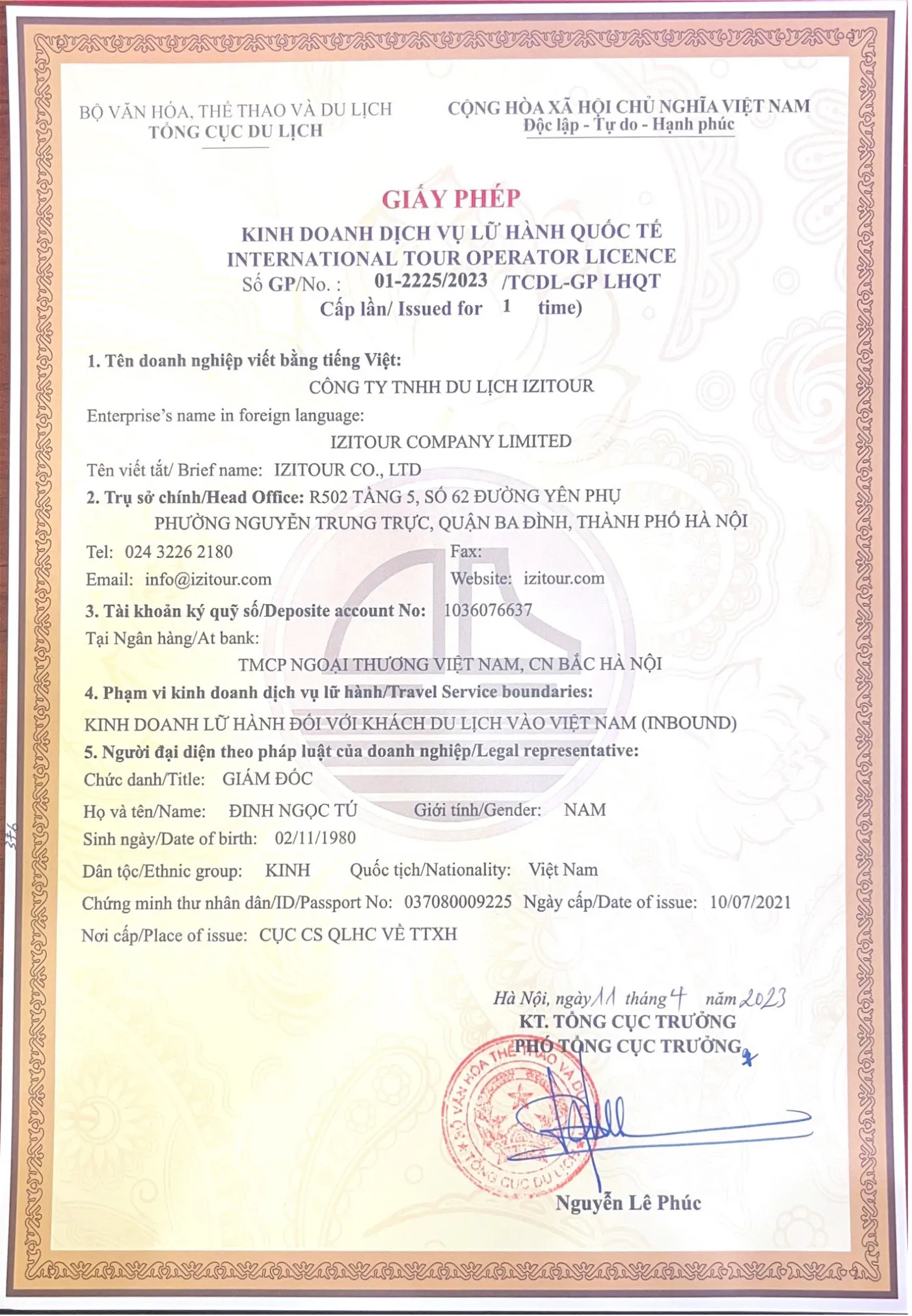The New Year Celebration of the H'Mong people is not the same as the Lunar New Year of all Vietnamese people. This makes visitors to Sapa curious and interested. In addition to the cultural beauty of traditional Tet, tourists also have the opportunity to taste Sapa specialties only on special occasions of the H'Mong people of the Northwest. Let's explore New Year in Hmong people’s culture with us right here!
1. When does the H’mong people’s New Year take place?
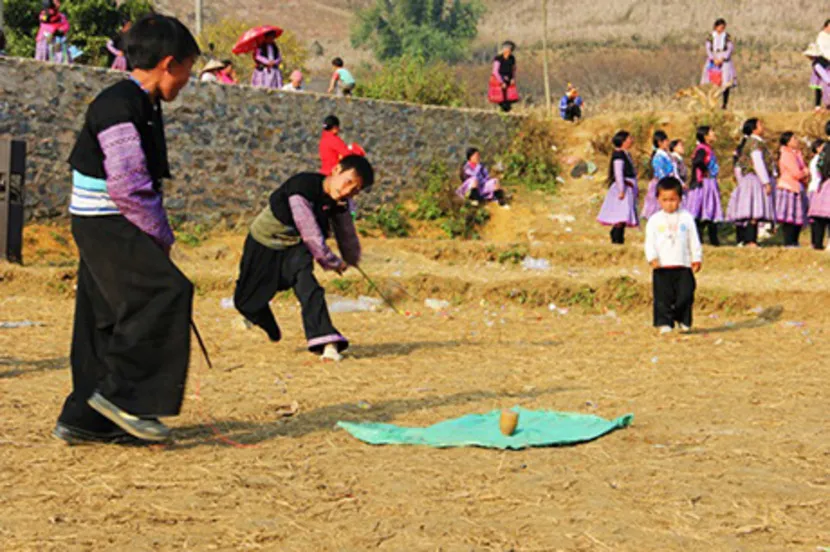
Unlike the Tet holiday of the majority ethnic group in Vietnam, the Tet (New Year's Eve) of the H'Mong ethnic group in Sapa does not have a specific date. It changes every year depending on the agricultural season. Normally, it takes place about 1 month before the Tet - Lunar New Year of Vietnam, usually beginning in the 12th lunar month of each year and lasting for one month. According to traditional custom, this festival is celebrated after the harvest. It is a time of rest after a bountiful harvest and from hard work all year long. This is also an opportunity to express gratitude and respect to the ancestors and at the same time a time to wish each other a peaceful and happy new year. If you take a Sapa tour from Hanoi on this occasion, visit Hmong villages to experience a unique New Year celebration.
2. What is special about this holiday?
In Sapa, the Hmong accounts for more than half of the population. Hmong people Sapa mainly live in Cat Cat village which is considered the most beautiful village in Sapa and other villages such as Ma tra, Lao Chai,... In recent years, the New Year of the H'Mong has changed a little bit but still plays an important role in Hmong people's culture. They celebrate their Tet at the same time as the Lunar New Year so that it is convenient for those who work far away or study in the big cities to go gather and celebrate with their family.
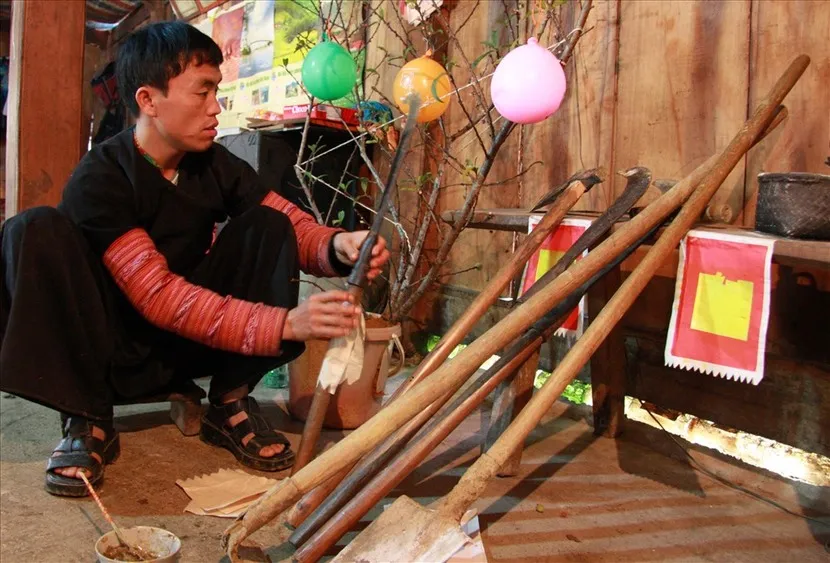
The Hmong in Sapa ascribe so much to the spirit of community and believe that day and night are two completely different concepts. The end of the day is then considered the end of the year and sunset is the time when the whole H'Mong family gathers to proceed with the ancestor worship ritual. Therefore, each family must prepare the ancestral altar which is one of the most important rituals in their traditional Tet. The altar is a sacred place to worship ancestors and domestic ghosts so it must be decorated during Tet with the hope that good fortune and peace will come to the family in the new year.
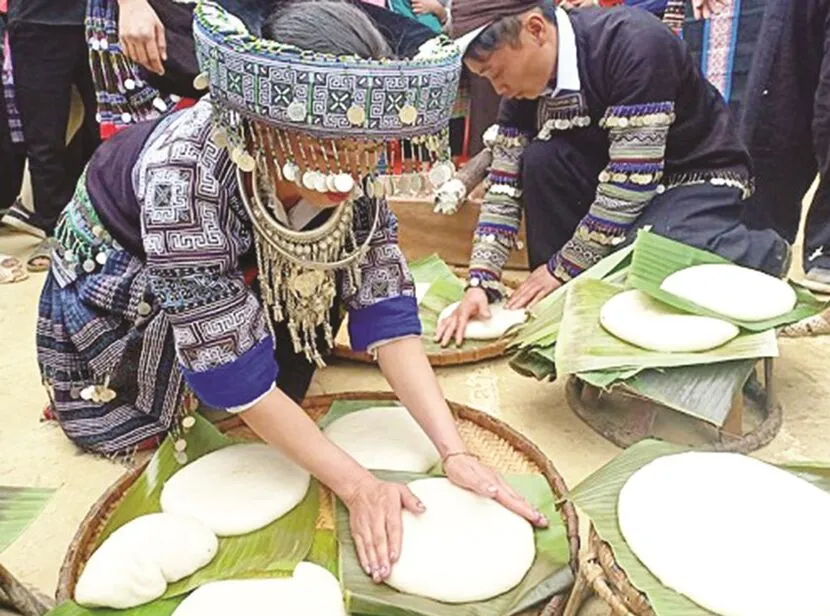
The days of preparation to welcome Tet are always bustling but full of joy. From the old to the young, from girls to boys, each has their own mission. The women quickly finish weaving the new brocade scarves, then do the shopping for worship, while the men repair their house, prepare chicken and pork for new year's meals.
Rượu ngô (corn wine) and Bánh giầy (sticky rice cake) are two indispensable specialties in the Tet of the H'Mong people. They believe that sticky rice cake is the fundamental symbol that creates all things in this world while a cup of corn wine is necessary for good luck. If you travel to Sapa during this time and are invited to stay in the H'Mong's house, try these specialties.
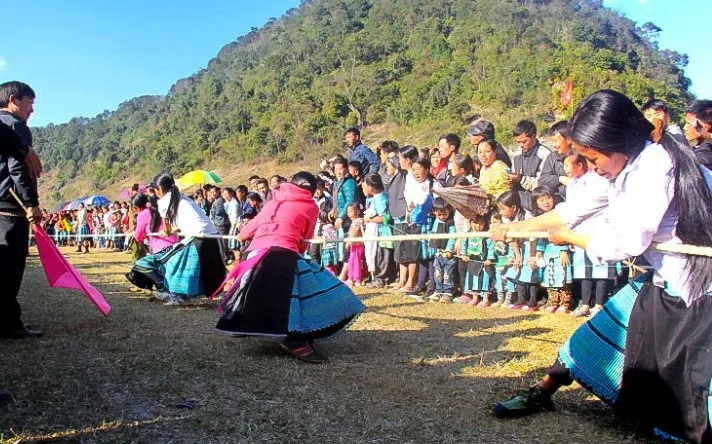
3. The charm of Sapa in spring
In spring, when peach and apricot blossoms bloom all over Sapa, the H'Mong people celebrate their traditional Tet in the vibrant atmosphere. In the early days of the year, a series of Sapa festivals are held that everyone looks forward to. This is the time when visitors will have the opportunity to enjoy the traditional dances, singing and flute playing of the H'Mong people of the northwest. Although living in an increasingly developed era, Hmong people still maintain their distinct identity and culture. They love their native language, traditional costumes and folk games such as Ném pao (throwing shots),... They are both a pride and a belief that is deeply rooted in the heart of every person here.
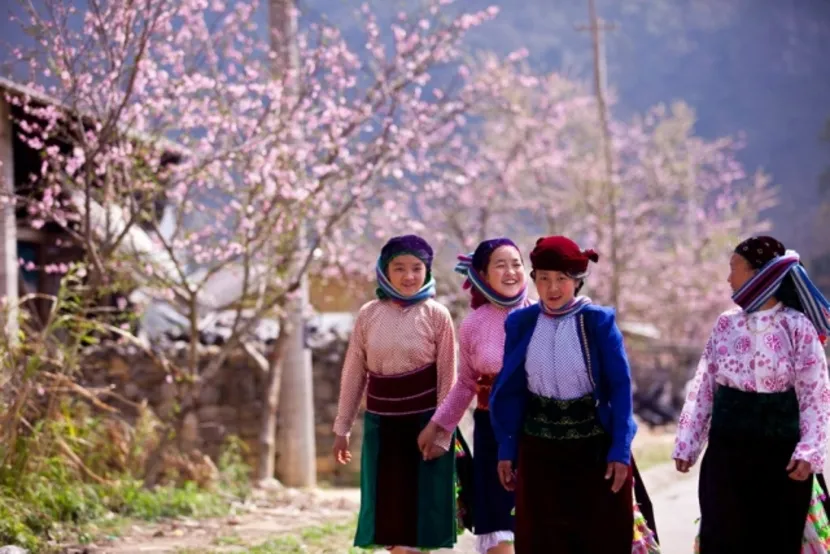
January comes and awakens the vitality of the land of Sapa. It is no accident that Sapa is considered a "flower kingdom" of northwest Vietnam. Especially, when the atmosphere of the H'Mong New Year overflows in all parts of the region, tourists will admire the scenery of hundreds of flowers blooming, the scenery is as beautiful as a fairy dream.
In addition, one can easily see the peach and apricot groves dotted along the road at the entrance to the villages. It seems that only in January do visitors have the opportunity to enjoy this joyful, complete and meaningful atmosphere.
4. Sapa specialties in spring
Sapa's cuisine fascinates people by the rustic flavour of the northwest mountain scent. Don't miss the chance to enjoy these special dishes on this trip!
Grilled fish: When spring comes, there are a variety of fish in the brooks in the forest. This dish is made from freshly caught fish. Surely once tasting, people cannot forget the delicate flavour of this rustic dish.
Pork wildly raised in a mountain: This dish is made from pigs of about 4-5 kg, grilled whole over charcoal to have a crispy, golden skin. Inside is a layer of juicy tender meat. People enjoy it with a cup of apple wine, which feels delicious.
Sturgeon, salmon: It is impossible not to mention sturgeon and salmon in the list of Sapa's specialties in spring. These are the fish caught by nature. Their meat is firmer with milder flavour than farmed fish and can be cooked in countless different ways such as salad, grill, hotpot, fried, etc.
Black grilled chicken with honey: Black chickens raised in the mountain Northwest have firm, delicious meat. These are grilled in charcoal until golden brown. Then, they slathered a layer of honey on the outside to create an eye-catching colour with a delicious flavour. Diners certainly must praise it from the first bite.
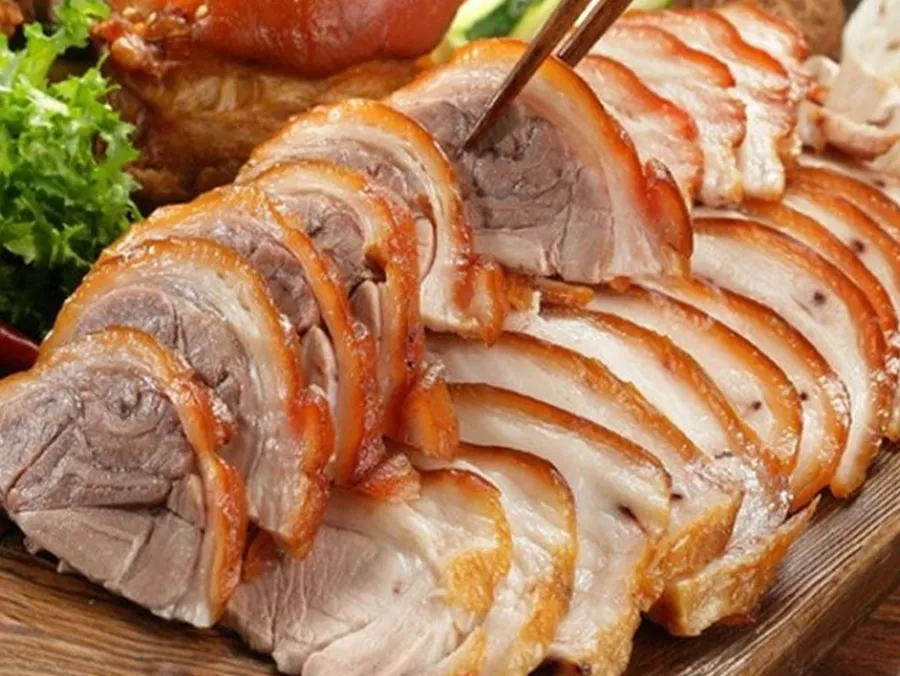
Spring in Sapa is always so fascinating and beautiful. If you have the opportunity to come here on the occasion of the H'Mong Traditional New Year, you will surely have unforgettable experiences to experience Hmong people's culture. Please contact us immediately when you want to arrange a Sapa trip or a personalised tour to Northwest of Vietnam.
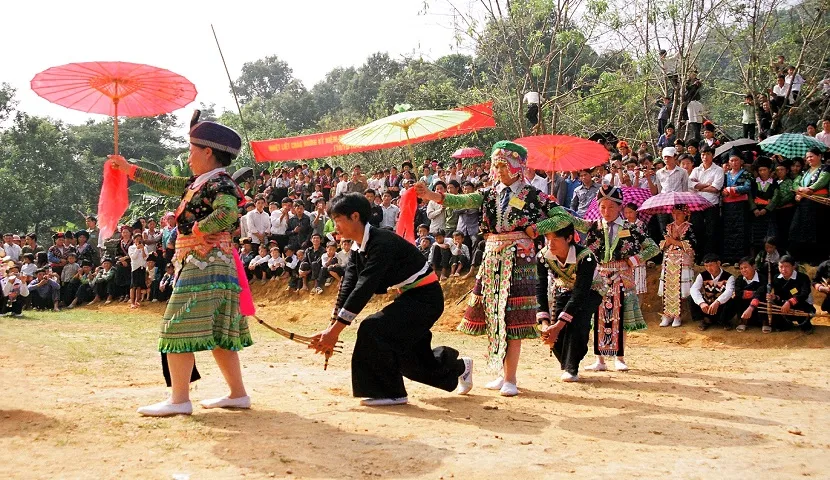







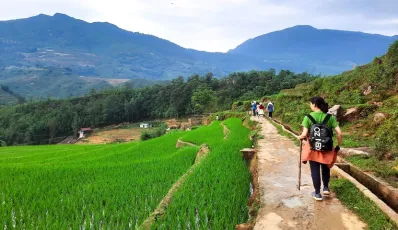
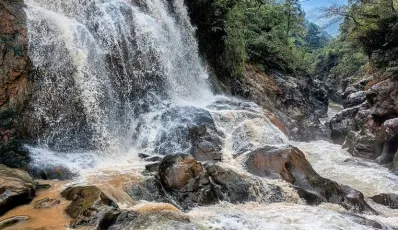
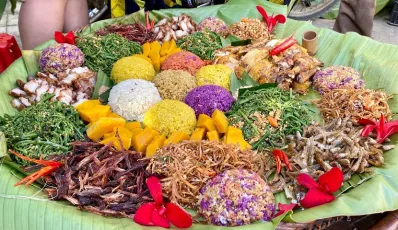
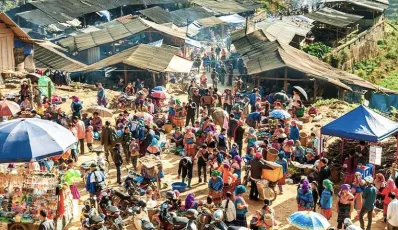
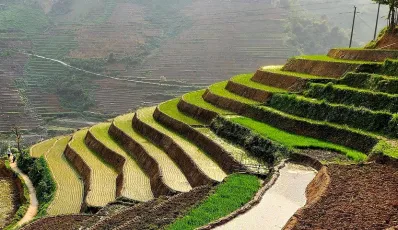
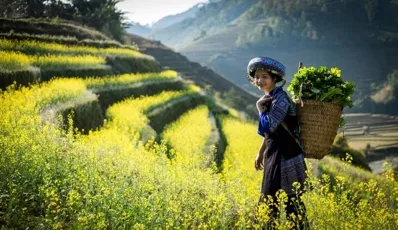
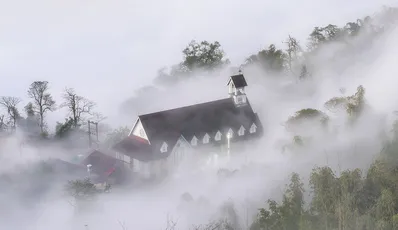
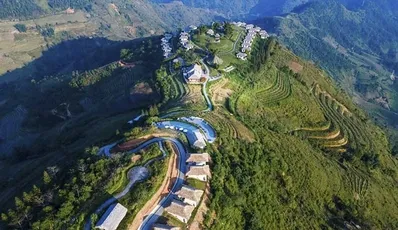
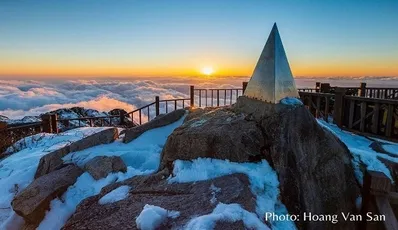
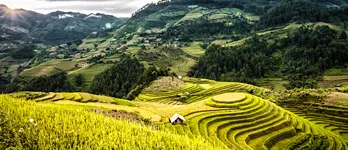
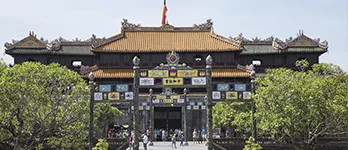
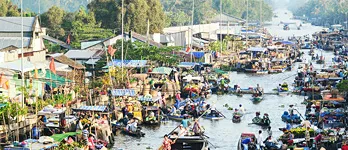

 TRAVELERS' CHOICE 2025
TRAVELERS' CHOICE 2025 